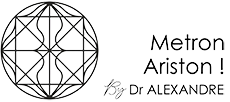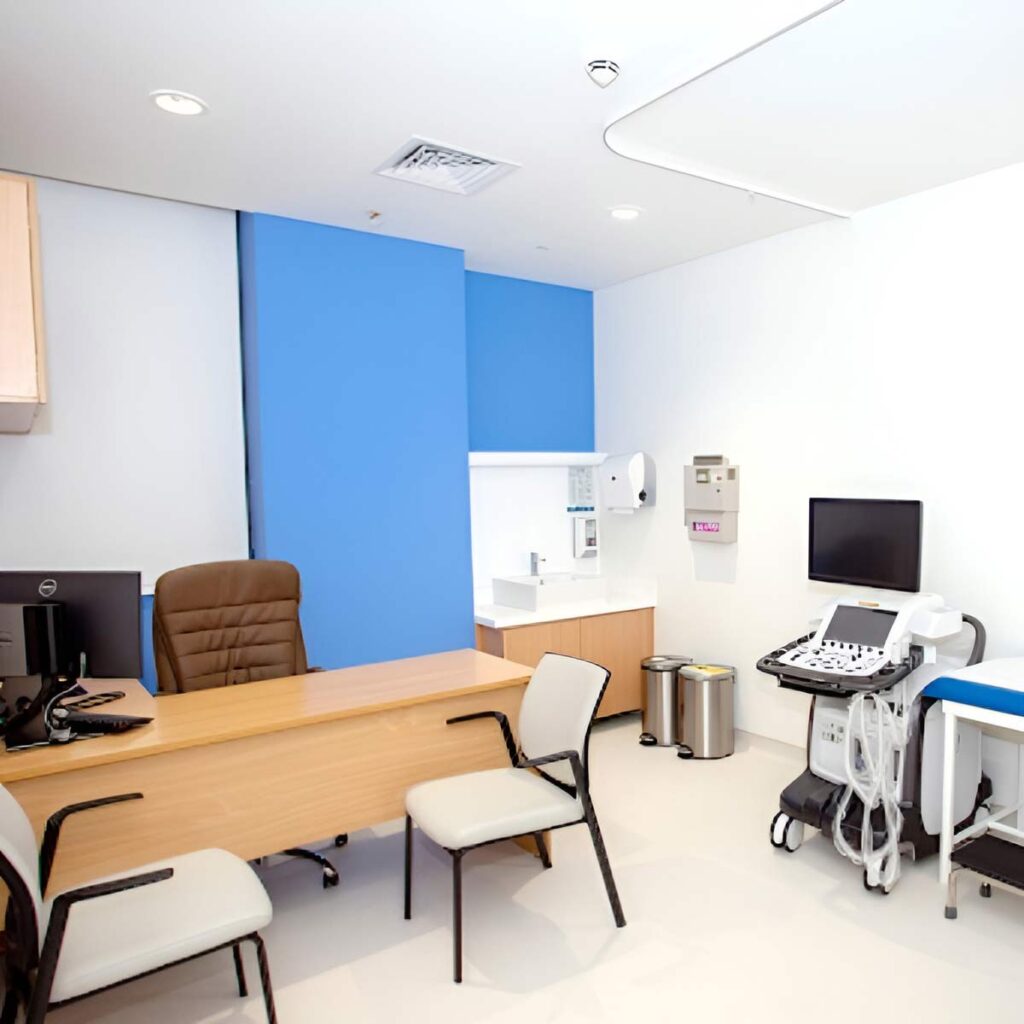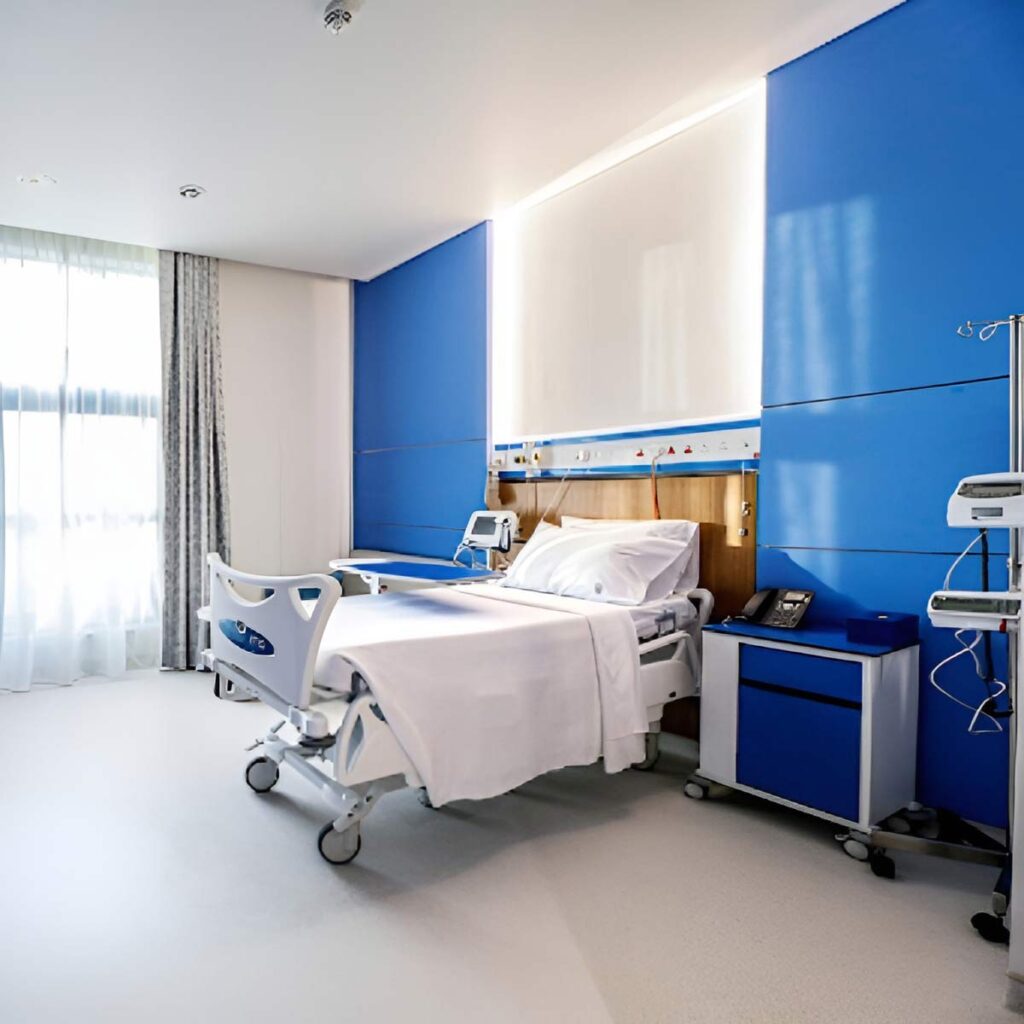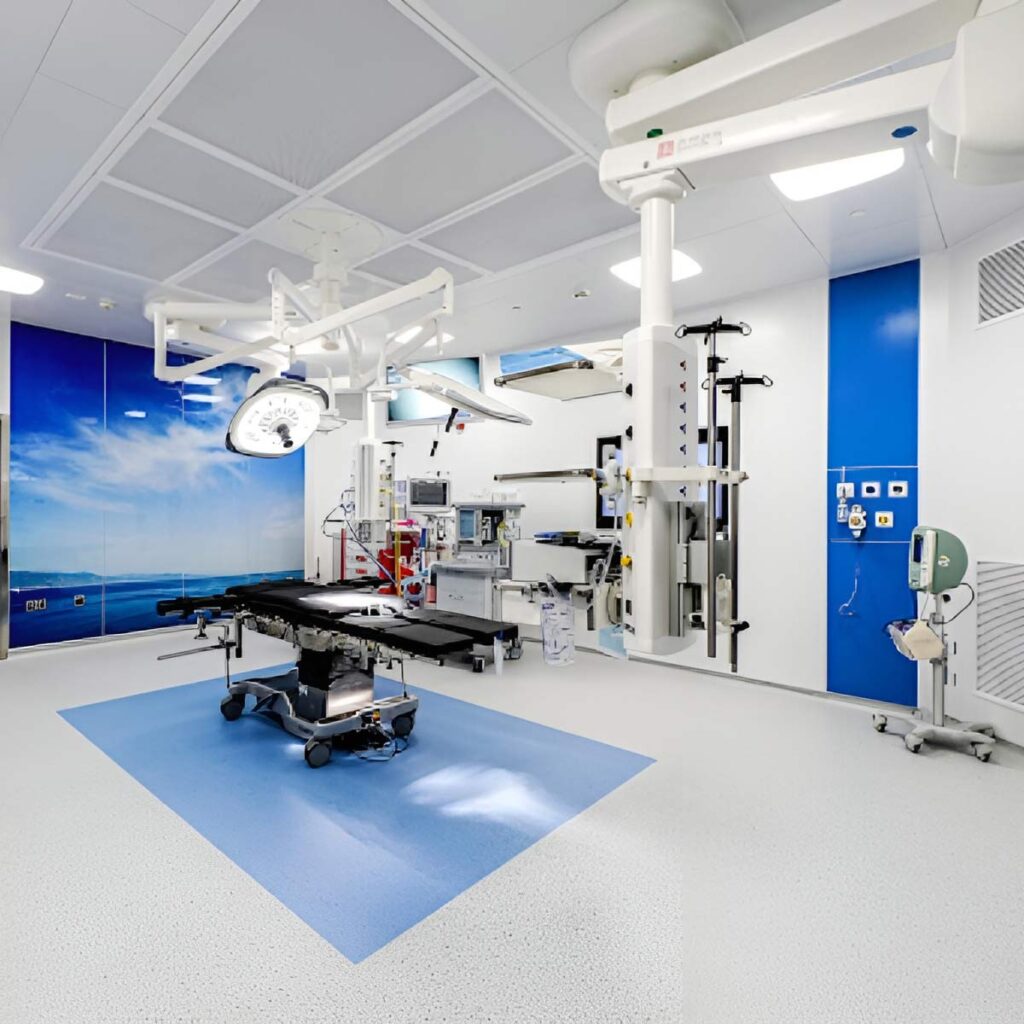Facelift In Dubai
Rhytidectomy (Facelift)
At present two types of face-lift make it possible to remedy age-related unsightly aspects of the face and neck, either in one area or at a wider level. The face- and neck lift is the most frequent procedure; this means surgical correction of ageing of the neck and the face from the forehead to the jowls.
The operation focuses on treating the sagging and laxity of the skin and muscles of the face (forehead, eyebrows, cheeks, jowls, and the oval facial outline) and the neck. Restoring the different anatomical structures of the face and neck (the skin, the muscles and the fat) enables the patient to look as he or she were several years younger.
Book A Free Consultation
Dr. Alexandre Dionys M.d., Ph.d.
Book A Free Consultation
Overview
The muscles are tightened, to correct slackness. The skin is then draped as required over the new curves, without excessive stretching. This dual action gives a natural appearance (as the skin is not over-stretched), which lasts (since the muscular base is strong). The healing process is generally uneventful. Excess fat, if present can be treated by liposuction. On the other hand, if the face appears emaciated, this can be corrected at the same time by re-injection of autologous fat (liposculpture). In this way the face and the neck are ‘rebuilt’ or ‘restructured’. The incisions necessary for the procedure are hidden almost entirely in the hair (at the temples and the nape of the neck) and around the ears. The scars are thus almost entirely concealed.
A facelift can be carried out as soon as signs of ageing appear and the patient feels a real need for their correction, generally around the age of 40 or 45. This procedure can be carried out at the same time as another facial aesthetic procedure: blepharoplasty (for the eyelids), forehead lift (endoscopic forehead lift). It can be also completed by other treatments: (laser abrasion, chemical peels, medical treatment of wrinkles).
Hospital Facilities
Our state of the art facilities are designed for premium plastic surgery services, making use of advanced technologies and enabling the application of innovative techniques.
Our patients benefit from the latest advancements in aesthetic surgery procedures, which ensure minimal downtime and optimal results.
Our facilities are equipped with cutting edge technologies and provide a comforting environment, focusing on delivering not just transformative plastic surgery solutions but also a superior patient experience. The dedicated staff, from the doctors to support personnel, is committed to maintaining the highest standards of patient care, making Dr. Alexandre a top choice for high-quality plastic surgery services in a sophisticated setting.
Male Facelift
Aesthetic Plastic Surgery is no longer a female matter…
According to the American Society of Plastic Surgeons (ASPS), statistics indicate that male aesthetic procedures are steadily increasing. Male facelift is indeed a challenging procedure for the Plastic Surgeon who should always bear in mind that, unlike women, scars cannot be concealed with make-up and/or longer hair. Moreover, there are further parameters that substantially differentiate the techniques applied in male facelift:
Thus, in male facelift we most often aim at restoring the natural shape of the face (jaw line definition), focusing on the lower third of it.
My way…
Waterjet Assisted Liposuction followed by Lower Face and Neck Lift is my procedure of choice for patients with significant jowling, in order to deliver optimal results.
Before the operation
Prior to the operation a thorough examination will be carried out as prescribed. You will see an anesthesiologist in consultation at the latest 48 hours before the procedure.
No aspirin-based medication should be taken over the 10 days preceding the operation.
You should wash your hair the day before the operation and you must fast (neither eat nor drink) for 8 hours before the operation.
Hospital stay and type of anesthesia
The procedure
Techniques are adapted in order to obtain the best results in each case. We can however give some basic points:
The incision is almost completely hidden in the hair, or around the ears. Once these incisions are made, the skin is detached; to a greater or lesser extent in each case, according to the degree of sagging of the skin. The muscle layer is then carefully and precisely tightened to correct laxity, without affecting the normal expression of the face.
If there are localized fat deposits, which can form on the neck, the chin, the jowls or the cheeks, lipoaspiration is performed during the operation. The skin is then re-draped in a natural manner, excess skin removed, and stitches placed without excess tension.
The procedure lasts from three to five hours depending on the individual corrections required.
After the operation
You will be able to go home on the first or second day after the operation. For the first few days you are advised to rest and avoid physical strain. During this period you should not be surprised by, or worried by, the following:
The bruising and swelling generally disappear in the two weeks following surgery. After one month all signs of swelling have usually practically disappeared. The zones from which the skin was detached may feel slightly hardened, this is perceptible to the touch, but not visible.
The scars are hidden by the hair both in front and at the back of the head. The only zone where they are visible, in front of the ears, can be temporarily masked by make-up or concealed by the hair.
The result
After two or three months one can have a good idea of the final result. The scars, however will still be slightly pink and hard to the touch, and will not fade until the sixth month after the operation.
Through progress over the years and techniques of great precision we usually achieve a result giving an impression of considerable rejuvenation which nevertheless looks quite natural. The face does not have a ‘surgical’ appearance and has regained the features which it had eight to twelve years before. The general impression is relaxed and refreshed. This physical improvement is also in general psychological.
In the long term, a face- and neck-lift has beaten the ravages of time, but aging does continue, and a second similar procedure can be envisaged after about ten years.
My Way …. “Metron Ariston”
The aim is not to transform the form and aspect of the face! On the contrary, restoring the different anatomical structures of the face and neck (skin, muscles and fat) enables the patient to look as he or she were several years younger…
This webpage aims to provide some information about the subject. Individual patient circumstances may differ, which might alter both the advice and course of therapy given to you by your doctor.
Source:
American Society of Plastic Surgeons, British Association of Plastic, Reconstructive and Aesthetic Surgeons, French Society of Plastic, Reconstructive and Aesthetic Surgery

















